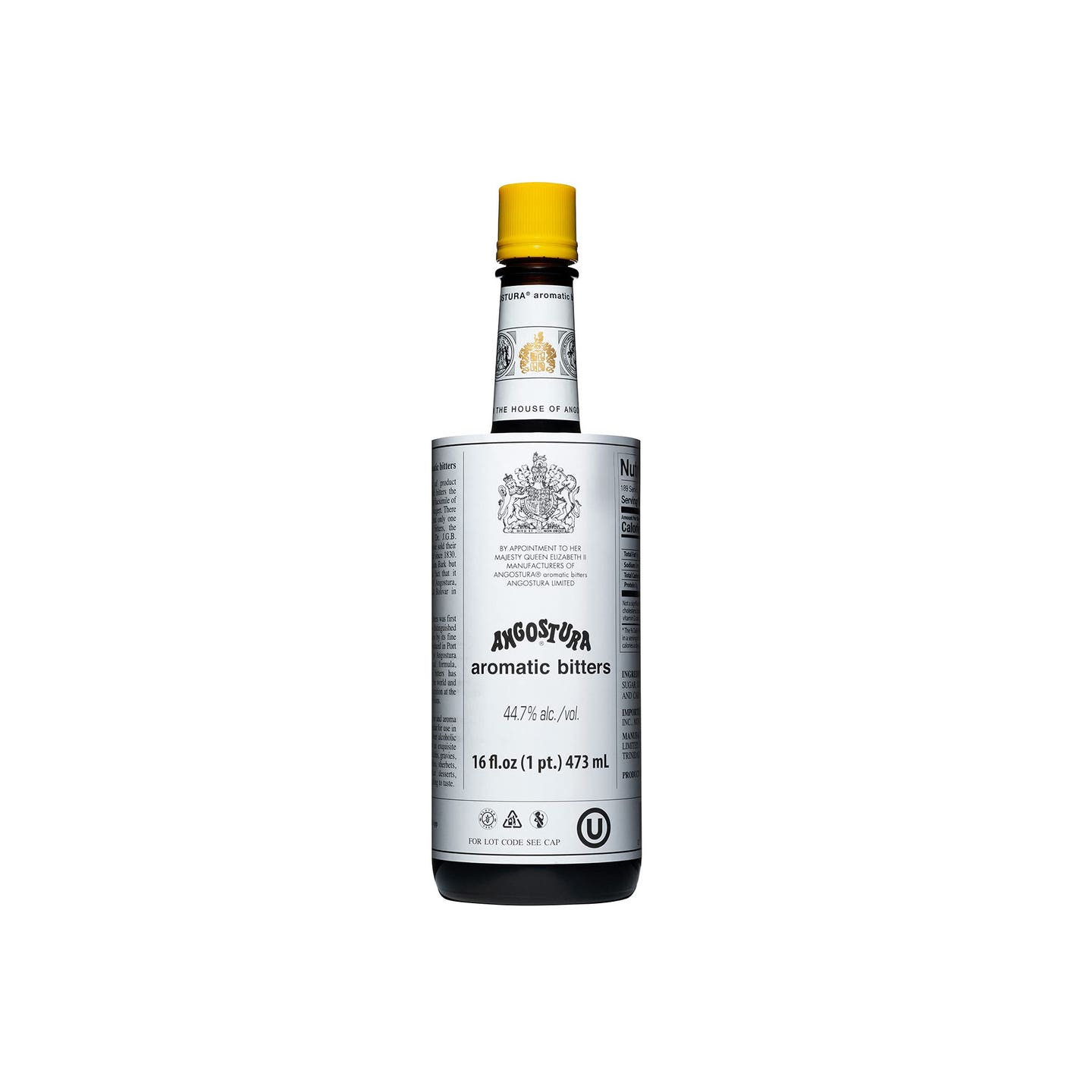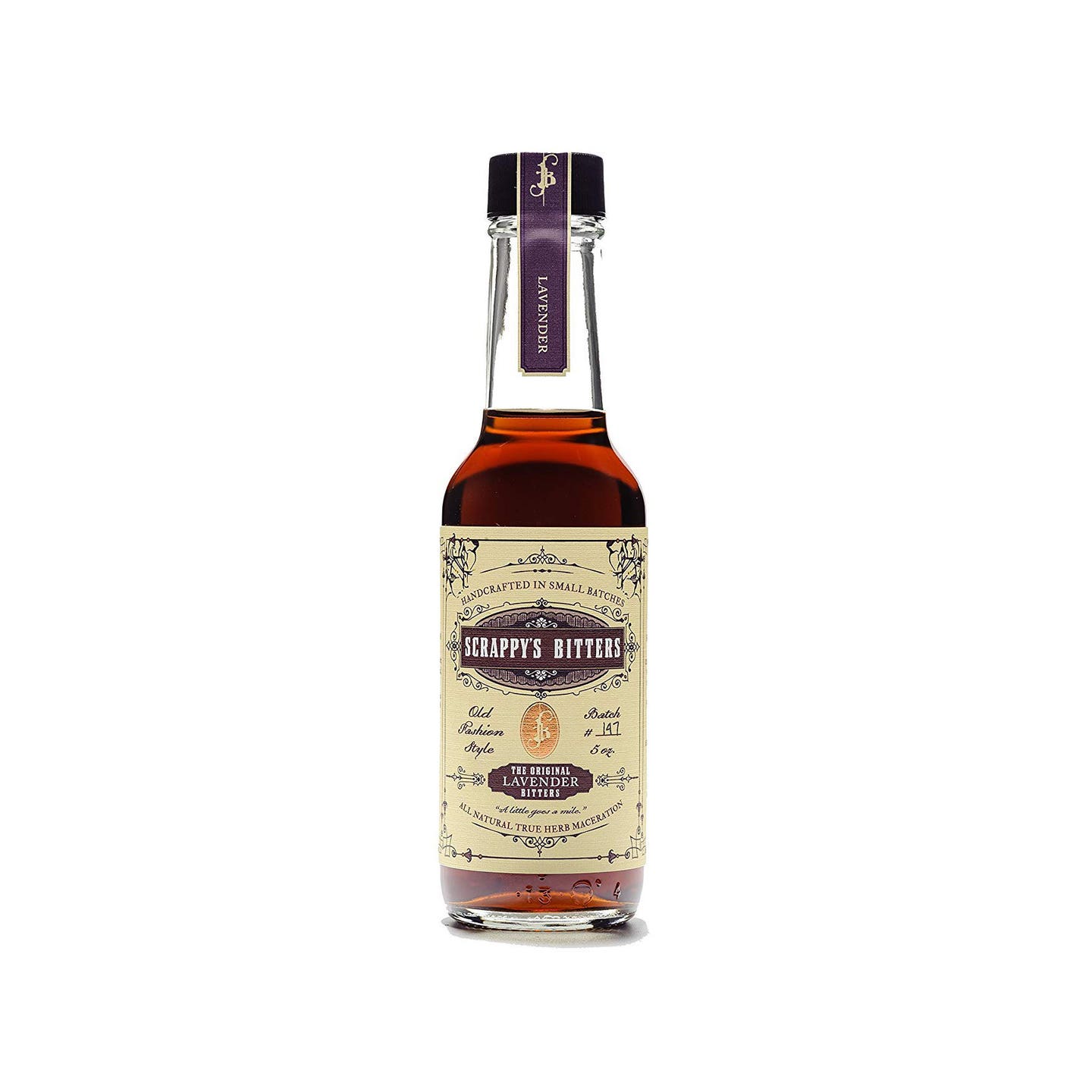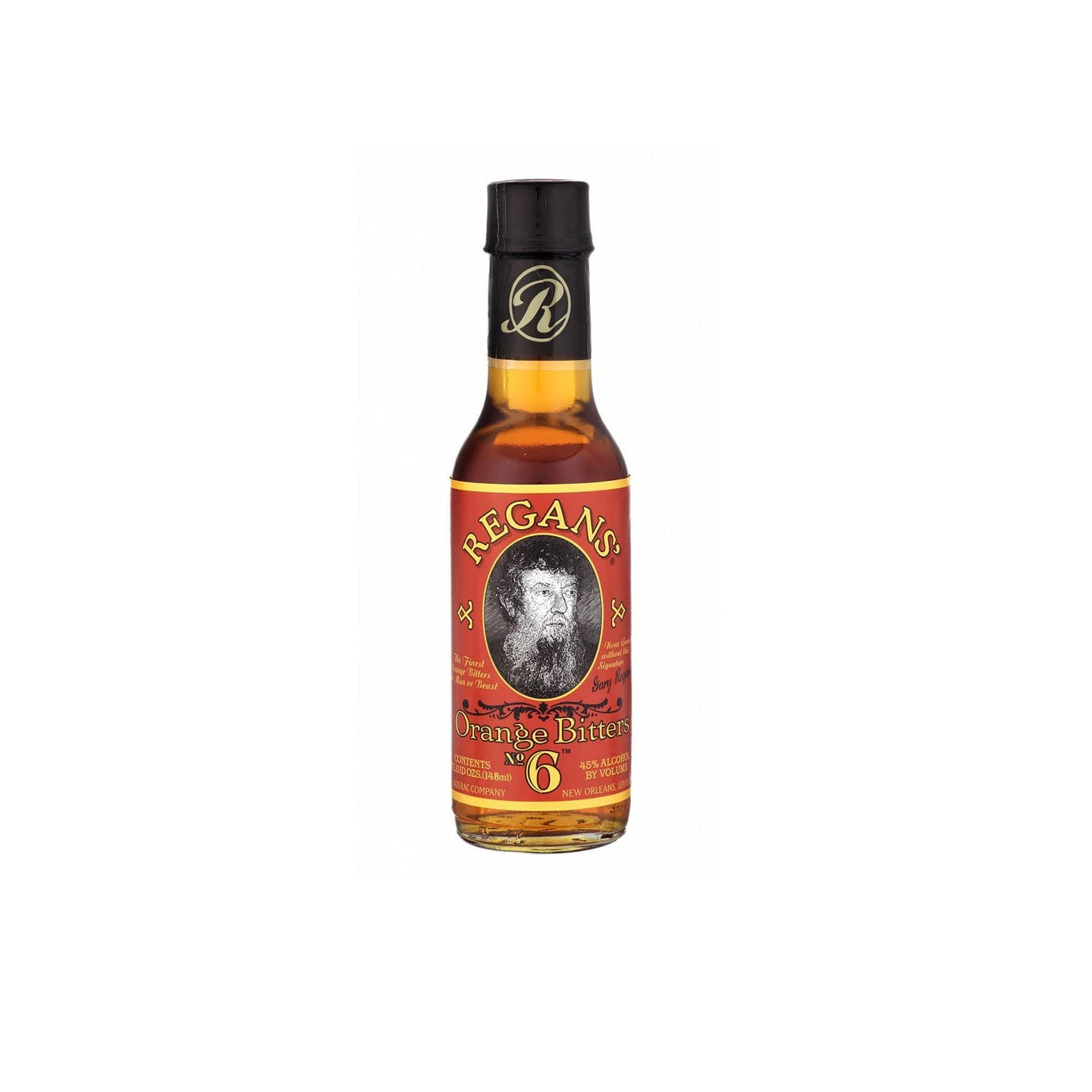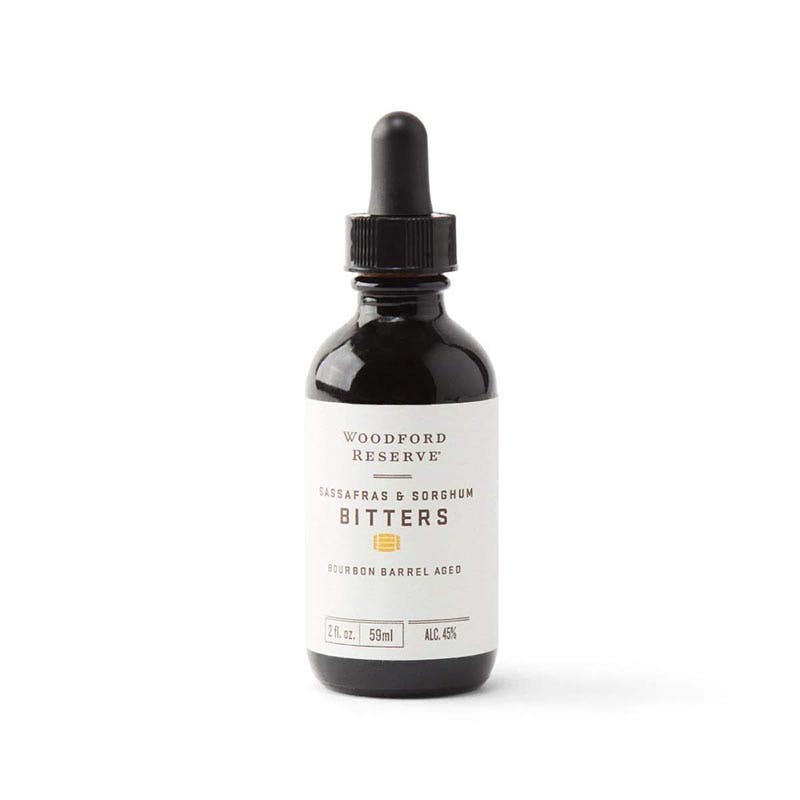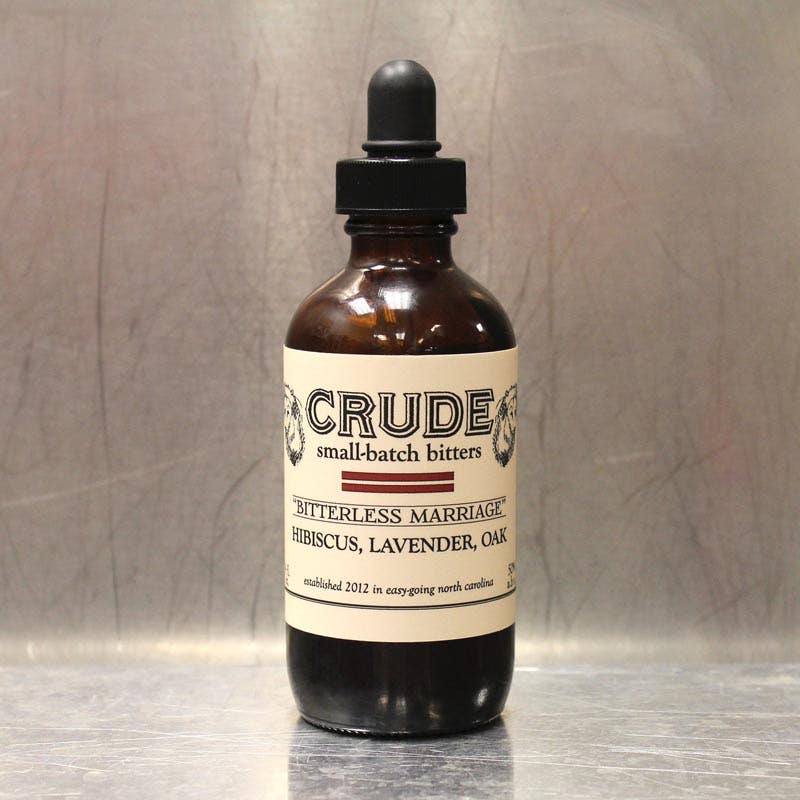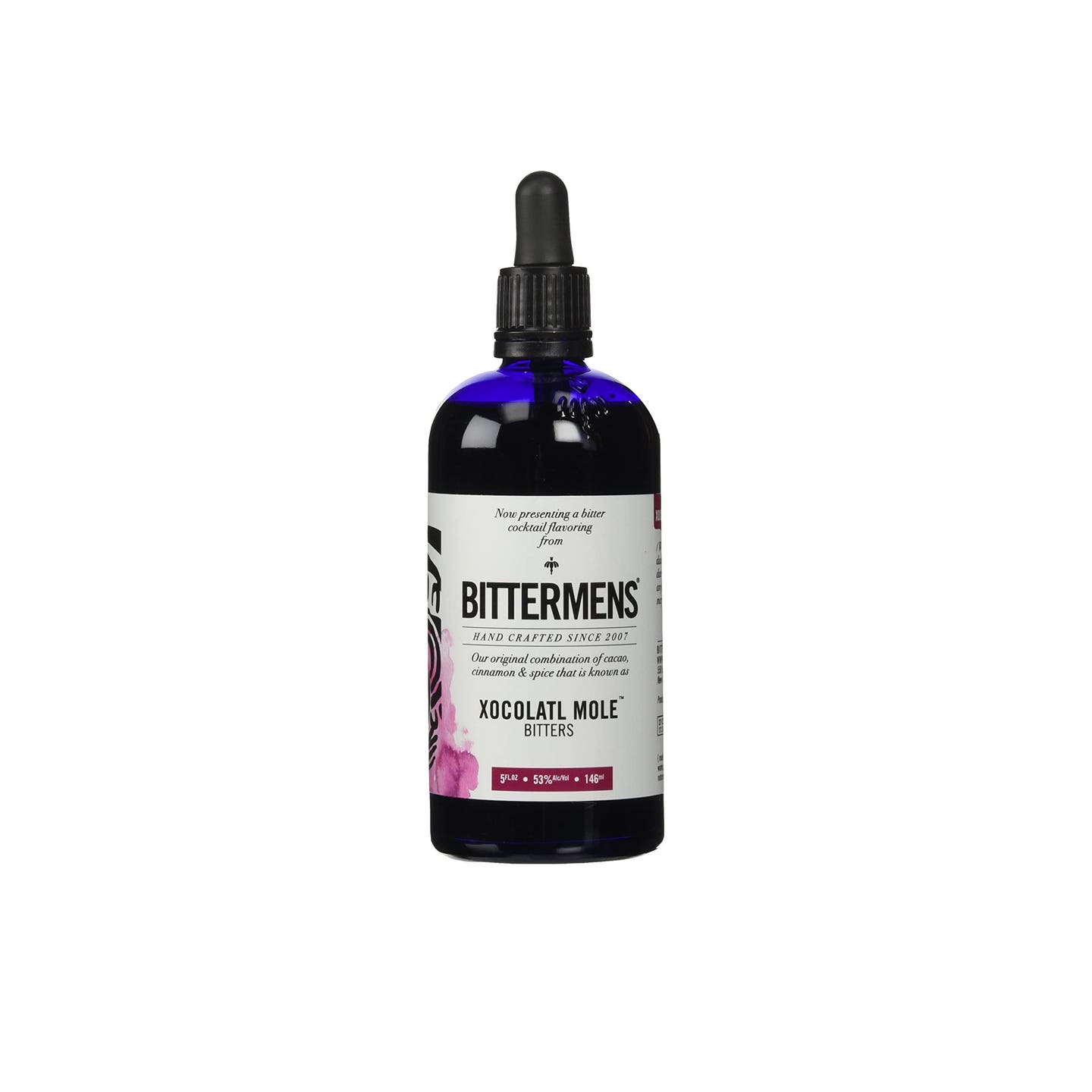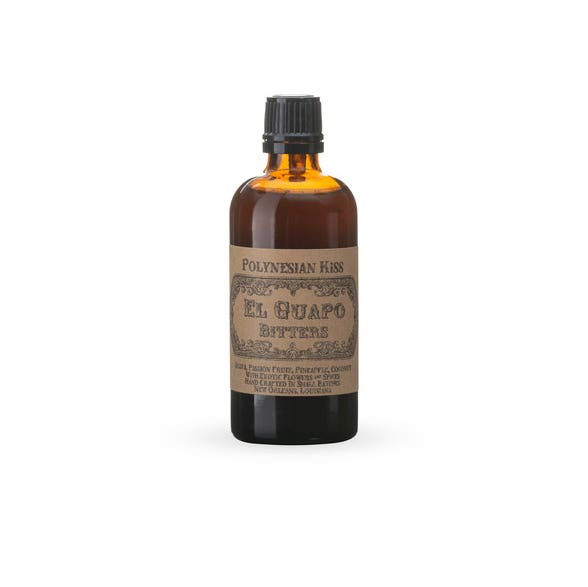The 7 Best Bitters Are a Bartender’s Secret Ingredient
A few drops takes a cocktail from flat to flavorsome.
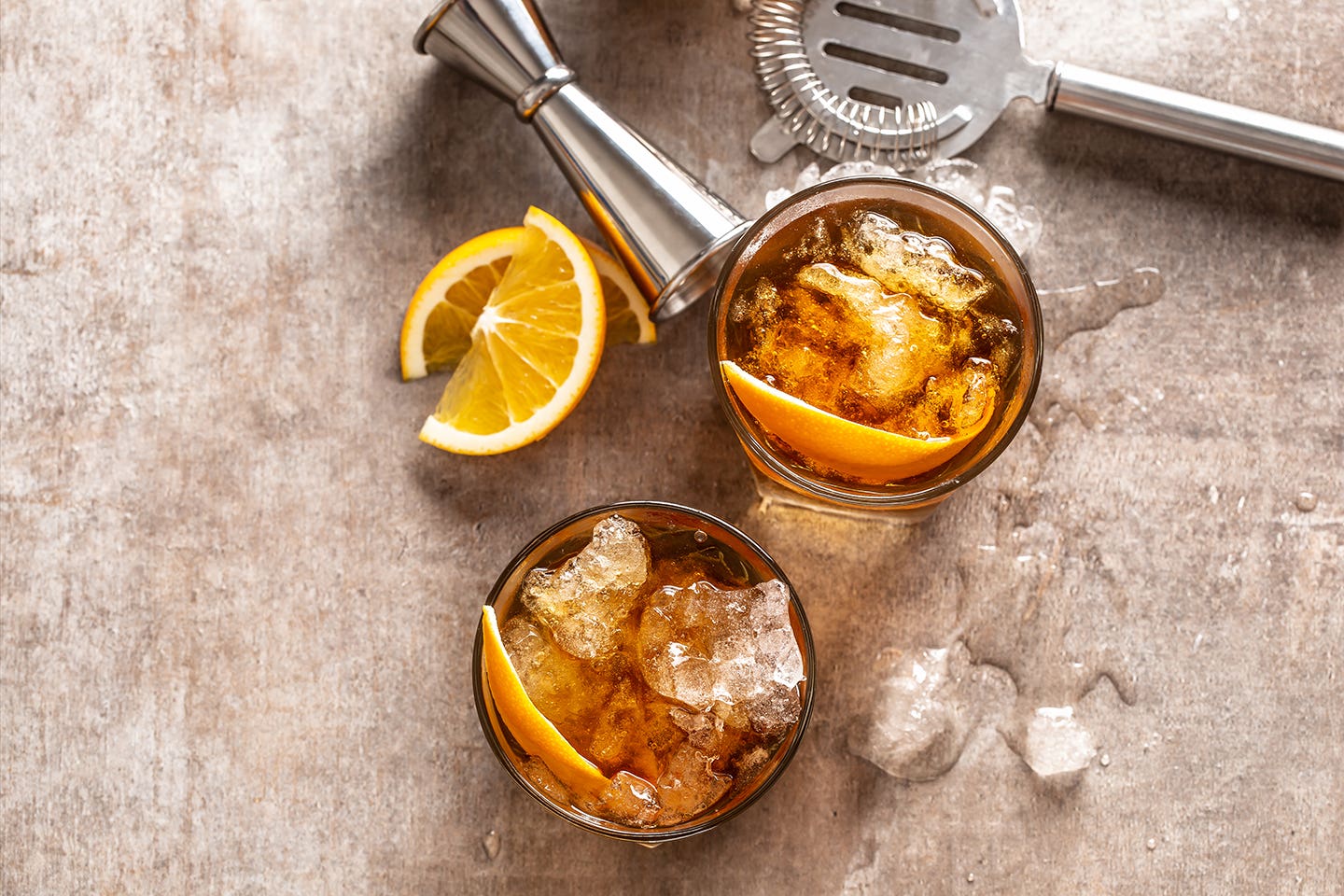
Cocktail bitters, those tiny tinctures often deployed by bartenders with an eyedropper, can seem a little intimidating for the home bartender. Don’t fear: Those little bottles are basically secret ingredients. If you're serious about upping your home happy hour game, picking a few of the best bitters will unlock a new world of flavor.
“Bitters are like a bridge for the flavors of your cocktail,” says Bob Peters, well-known barman and bar consultant in Charlotte, North Carolina, who recently launched Cocktail Class as a teaching tool for cocktail enthusiasts. “If you think of the booze as an island, and the other ingredients of the cocktail as another island, then bitters are a bridge connecting the two.”
Bitters are a combination of the extracts of herbs, spices, flowers, and even fruit. Each recipe differs, but traditionally the flavor profile is bitter, which helps to balance a drink’s final flavor (and lends itself to the term “bitters”). Usually, these plant combinations are steeped in high-proof alcohol then strained and bottled. Just a few drops can elevate a cocktail from flat to fantastic, so it’s not surprising that there’s a wide world of bitter beverages to collect. Looking for a place to start? We consulted the pros to pick out the seven best cocktail bitters to stock your home bar and up your cocktail crafting, one drop at a time.
- Best Overall: Angostura Aromatic Cocktail Bitters
- Best Value: Scrappy’s Lavender Bitters
- Best Citrus: Regan’s Orange Bitters No. 6
- Best Aromatic with a Twist: Woodford Reserve Sassafras & Sorghum Bitters
- Best for Gin Cocktails: Crude Bitters Bitterless Marriage Bitters
- Best Versatile: Bitttermen’s Xocolatl Mole Bitters
- Best Tropical: El Guapo Bitters Polynesian Kiss
Features to Keep in Mind When Shopping for Bitters
Style of Bitters
Aromatic bitters are classic; a symphony of bitter and herbal notes. Citrus bitters have a soprano citrus soloist backed up by other more muted players. Floral bitters place strongly fragrant or flavored florals centerstage, and wild cards run the gamut from smokey to chocolatey and even straight-up savory.
Alcohol Percentage
Most are around 45-50% alcohol by volume, although only a few drops at a time are used. There are also glycerin-based bitters out there, with Fee Brothers being the most popular. Glycerin is a sugar alcohol, acts as a shelf stabilizer, and can impart a sweeter taste. Anything below 5% alcohol is legally non-alcoholic, and Fee’s formulas vary, but it does drastically reduce the content for this and other brands, so choose carefully because quality can also vary.
Spirit Pairings
With so many options to choose from, it’s smart to build your bitters collections based on how they taste with your favorite spirits. For instance, flowers play well with botanical gin, while smoky flavors balance the sweetness of bourbon. Aromatic bitters pair well with just about everything. Read on for more guidelines.
Our Top Picks
Best Overall: Angostura Aromatic Cocktail Bitters
Best Overall
You can’t have an old fashioned, a classic bitters and soda, or Manhattan without Angostura. It’s easily the most well-known bitters brand in the world, not only for its flavor but also that iconic paper-wrapped bottle. Originally created in 1824 by Dr. Johann Siegert to counteract stomach ailments, it has been made in Trinidad since the late 1800s. Angostura’s baking spice flavor profile, depth of taste, and distinct burnt orange color enhance cocktails (and cooking for that matter!) way beyond the three aforementioned bar staples. The exact ingredients are a guarded company secret, but it’s no secret that these bitters are beloved by bartenders and drinkers around the world.
Best Value: Scrappy’s Lavender Bitters
Best Value
Bright and sweet in flavor, this bottle from Seattle could provide floral fun for years. That’s because you should distribute with “a light hand,” says Megan Deschaine, bar manager at Little Palm in Charleston, South Carolina. “I love using these bitters, but you only need a little to make an impact.” This is one of the higher-priced bottles on the list, but the small recommended dosage means it has a low cost-per-cocktail. Add a dash or two to your gin martinis, palomas, or spritzes to be the talk of your neighborhood happy hour for years. Bonus: A bit of lavender bitters in buttercream frosting will ensure you sweep the bake sale, too.
Best Citrus Bitters: Regans' Orange Bitters No. 6
Best Citrus Bitters
Developed by renowned cocktail expert Gary Regan, this mixer offers complex orange flavor infused with spices including cardamom that plays well with others and is not too overpowering. Regan modified a bitters recipe in the 1939 cocktail classic The Gentleman’s Companion, shared batches with bartender buddies, and eventually sold the recipe to Sazerac. The heady (but not overpowering!) orange flavor is often used in tandem with other bitters by craft mixologists, but it plays well alone in old school gin cocktails like the Pegu Club (gin, curaçao, lime, and bitters). A dash can be dashing in a bourbon smash variation or tea punch.
Best Aromatic with a Twist: Woodford Reserve Sassafras & Sorghum Bitters
Best Aromatic with a Twist
Sorghum syrup was once the preferred sweetener in colonial America, and it’s making a comeback. The flavor profile is like fresh, greener molasses paired with sassafras, and it makes a deliciously boundary-pushing aromatic bitter. “These bitters are really excellent, and they provide the lightest touch of root beer flavor to a cocktail, just the lightest touch,” says Peters. Use it for a twist on the standard old fashioned or Manhattan, or stir it up with plenty of other dark spirits, from rye to rum.
Best for Gin Cocktails: Crude Bitters Bitterless Marriage Bitters
Best for Gin Cocktails
Tart hibiscus, grounding oak, and aromatic lavender come together for an unexpected take on classic aromatic bitters. Made by husband-and-wife team Craig Rudewicz and Lindsay Lasserre in Raleigh, North Carolina for a friend’s wedding, it’s a festive addition to any home bar. The horticultural undertones pair particularly well with gin cocktails, especially botanical gins (although London-style dry gin still works just fine).
Best for Being Surprisingly Versatile: Bitttermen’s Xocolatl Mole Bitters
Best for Being Surprisingly Versatile
This combination of chocolate, cinnamon, and other classic Mexican mole spices changed the bitters category when it launched in 2007. Originally created to pair with aged tequila, it actually can go tiki or old fashioned and still taste right at home. Before long, this blue bottle from New Orleans was gracing many a cocktail bar around the world. “Of course, it’s wonderful in an espresso martini or to add depth to a dark spirit, but one of my favorite ways to use it is in a mezcal cocktail with grapefruit and chartreuse,” says Deschaine. Go ahead, play with it!
Best Tropical: El Guapo Bitters Polynesian Kiss
Best Summertime / Tropical Bitters
This New Orleans-based bitters company aims to bring the flavors of Bourbon Street to your home bar, no plane tickets required. The Polynesian Kiss is perfect for punching up all things tropical, from mai tais to margaritas, with notes of passion fruit, guava, pineapple, and coconut. It’s easy for tiki aficionados to love, but a dash can turn even a simple vodka highball into a tropical escape. If you’re in the mood for adventure, be sure to check out the other unique flavor offerings from El Guapo, like savory crawfish boil bitters with dill, garlic powder, and wormwood.
Ask the Experts
Why do bitters come in such small bottles?
That hearkens back to the origin of bitters. Many were first created as medicine for stomach ailments and similar complaints in small doses either straight—or diluted in water or other liquids. An alcoholic spirit might have been one of those other liquids prescribed, so eventually, these little bottles were brought behind the bar as flavor enhancers. And secondly, they're very high-proof and high-flavor, so a little goes a long way!
How should I store them?
Cocktail bitters can live on your bar cart if their alcohol volume is 20% or above (40 proof), and they’ll basically stay good forever. Anything below that should be stored in the fridge. There’s no standard rulebook in the wide world of bitters, so if you are in doubt, the fridge can’t hurt.
Keep Reading
Continue to Next Story
